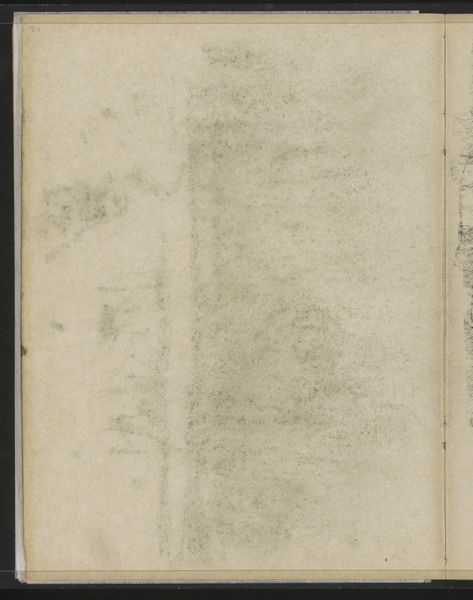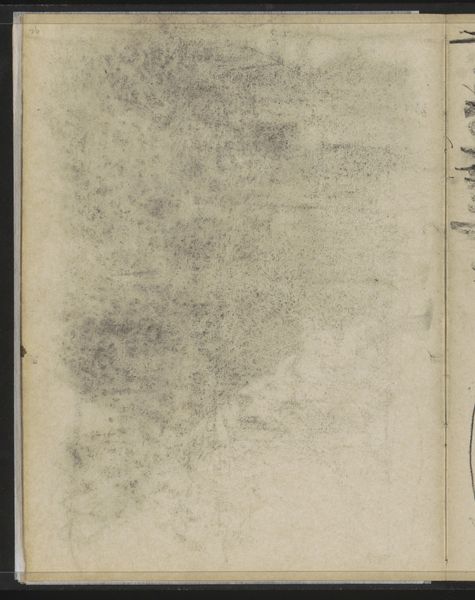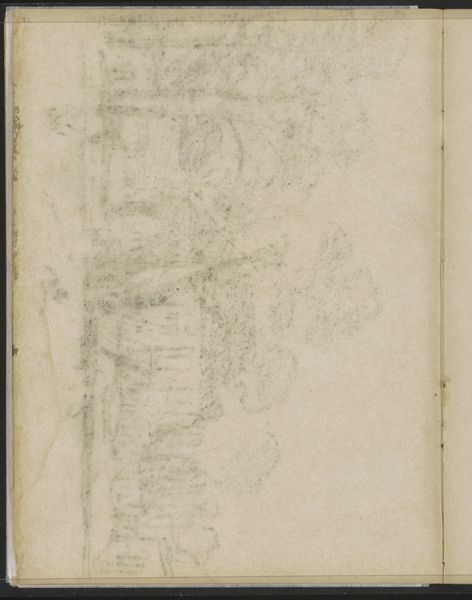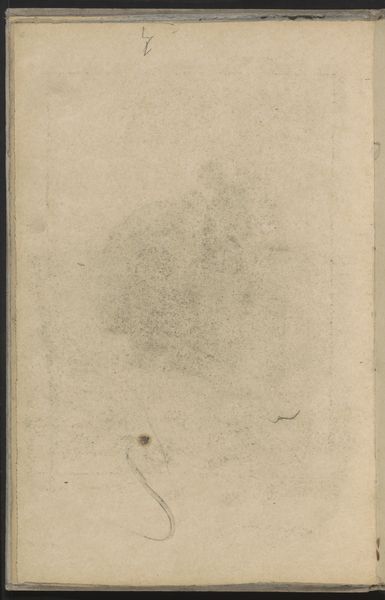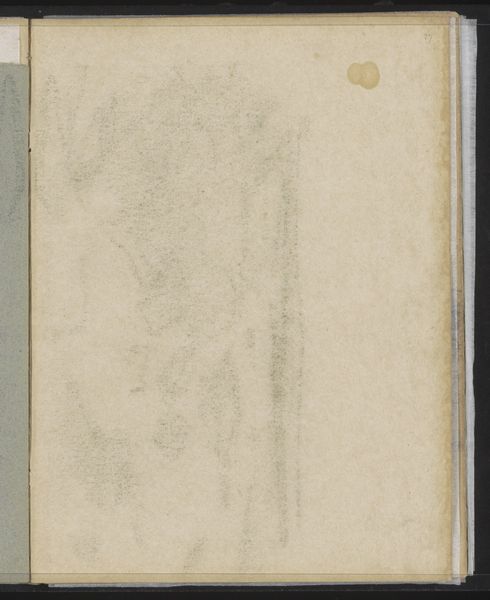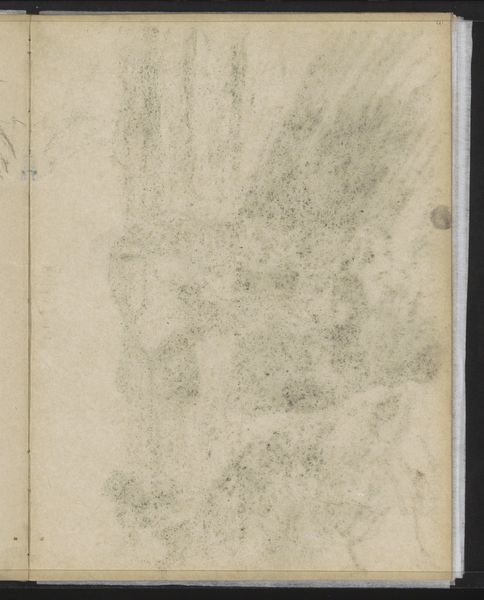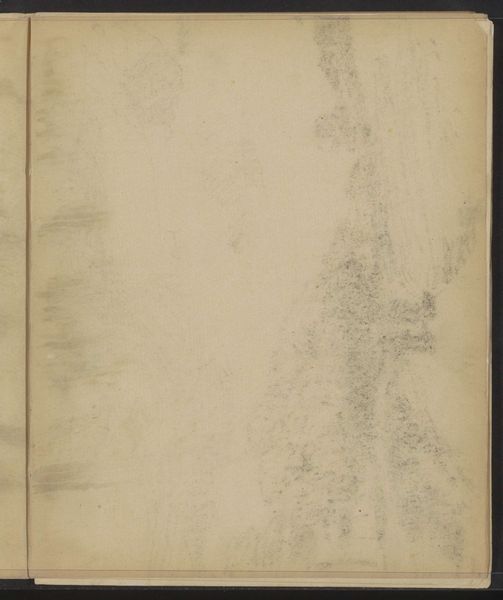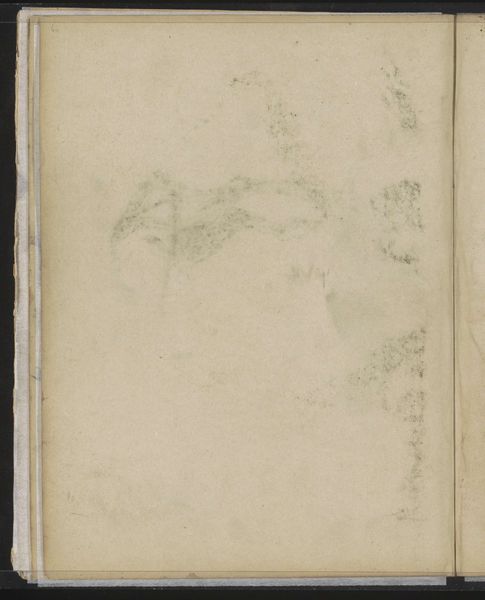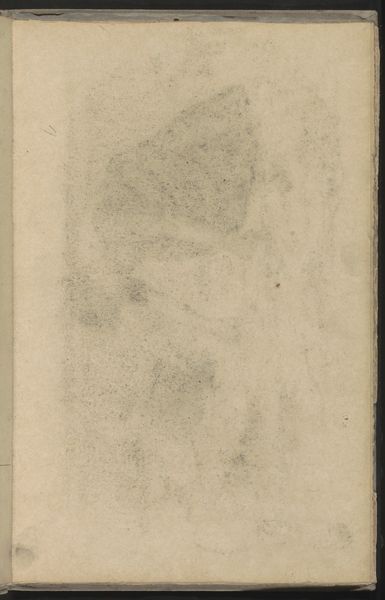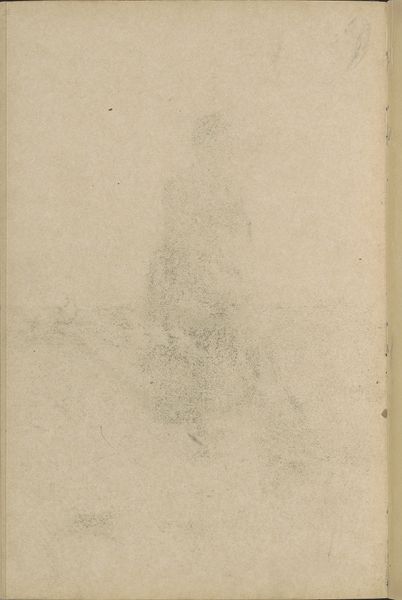
drawing, paper, graphite
#
drawing
#
impressionism
#
landscape
#
paper
#
coloured pencil
#
graphite
Copyright: Rijks Museum: Open Domain
Editor: Here we have "Abklatsch van de krijttekening op pagina 47," a chalk drawing transfer by Willem Witsen, likely from 1887-1888. It’s a ghostly landscape rendered in graphite, colored pencil, and paper. The impression is almost dreamlike. How do you approach a piece like this? Curator: I'm interested in the “abklatsch,” the transfer itself. It wasn’t the primary artwork, but a byproduct, a result of Witsen's process. What was the initial drawing for? What was its intended purpose and how does this reproduction relate to its consumption? Was this printmaking experimentation simply a way to rapidly duplicate work and broaden circulation? Editor: That’s fascinating. I was thinking about the atmospheric qualities, the suggestion of a place. Curator: But where is that place within the social and economic context? Landscapes, particularly those rendered with mass production in mind, often served to reinforce specific ideas about nationhood and ownership. How does the mechanical process of transfer alter our relationship to the depicted land? Consider the materials: Graphite and colored pencil were readily available. How does the relative ease of acquiring these materials affect Witsen’s practice, his ability to capture fleeting moments? Editor: So, it's less about the 'what' of the landscape and more about the 'how' it came to be, and how that making reflects society? Curator: Exactly. The landscape itself becomes almost secondary to the means of its production and the materials used. What assumptions are being made about his audience here, the availability of prints in that era and its influence on people's exposure to landscape art? Editor: I see. Thinking about it that way opens up entirely new avenues for understanding. Thanks! Curator: It highlights the importance of interrogating artistic practices within their material and historical conditions, rather than solely focusing on aesthetics or individual expression. I’m going to keep an eye out for that concept moving forward.
Comments
No comments
Be the first to comment and join the conversation on the ultimate creative platform.

